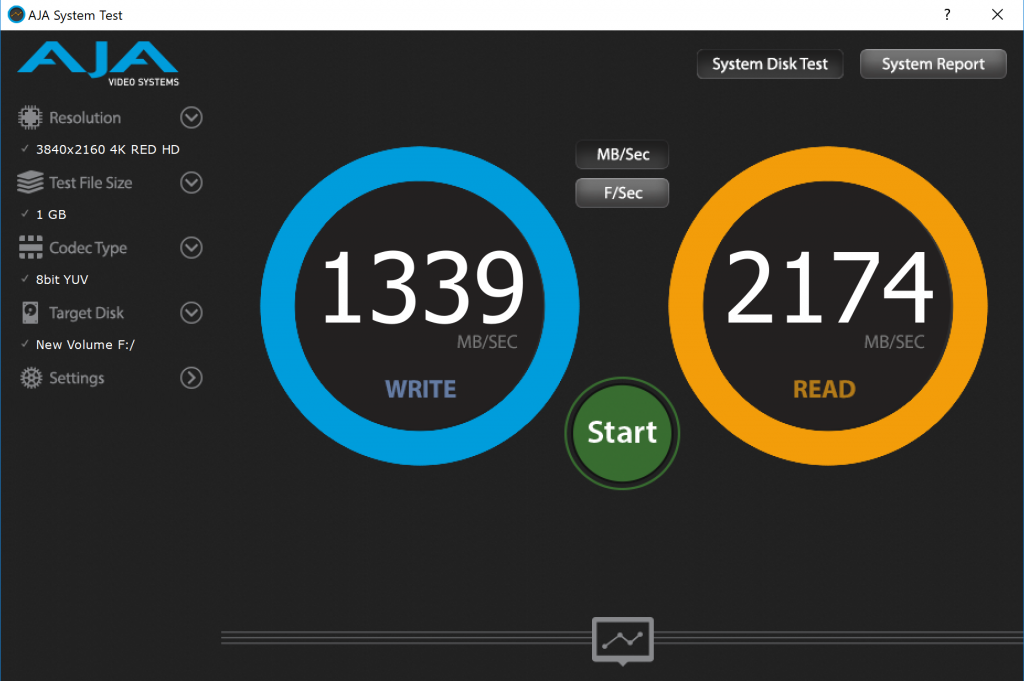AJA VIDEO SYSTEM DISK TEST
The AJA Video Systems Disk Test is relatively new to our testing and tests the transfer speed of video files with different resolutions and Codec.
TxBench is one of our newly discovered benchmarks that we works much the same as Crystal Diskmark, but with several other features. Advanced load benchmarking can be configured, as well as full drive information and data erasing via secure erase, enhanced secure erase, TRIM and overwriting. Simply click on the title for a free copy.
The SSD Review uses benchmark software called PCMark Vantage x64 HDD Suite to create testing scenarios that might be used in the typical user experience. There are eight tests in all and the tests performed to record the speed of data movement in MB/s to which they are then given a numerical score after all of the tests are complete. The simulations are as follows:
- Windows Defender In Use
- Streaming Data from storage in games such as Alan Wake which allows for massive worlds and riveting non-stop action
- Importing digital photos into Windows Photo Gallery
- Starting the Vista Operating System
- Home Video editing with Movie Maker which can be very time consuming
- Media Center which can handle video recording, time shifting and streaming from Windows media center to an extender such as XBox
- Cataloging a music library
- Starting applications
Toshiba BG4 1TB NVMe M.2 SSD RESULTS
We don’t much rely on this software anymore but to say that there are some pretty powerful transfer speeds here which reflect highly of the Toshiba BG4.
REAL WORLD FILE TRANSFER
For our Real World File Transfer Comparison of the world’s top M.2 NVMe SSDs, we have included several of the top SSDs with our testing of the Toshiba BG4 NVMe SSD. This test is conducted through the transfer of data from one spot on the test drive to another to give us the truest of transfer speed results for that device.
The Toshiba BG4 placed at No. 7 of our top 10 for single form factor M.2 SSDs which is actually an amazing feat. Something that every other SSD in this bunch has on the BG4 is that they are 2280 form factor SSDs with several chips on the PCB, contrary to the single chip of the BG4. Every other SSD has its own controller, several NAND flash memory chips, and maybe even a buffer ic. Not the BG4 though… one single chip design.
 The SSD Review The Worlds Dedicated SSD Education and Review Resource |
The SSD Review The Worlds Dedicated SSD Education and Review Resource | 
Wow! Now if we could only get micro SD and SD cards with even just half of this kind of performance. Maybe a new architecture will come about to replace the current woefully slow (especially at random 4K) architecture of micro SD cards and SD cards.
The world of storage is obviously evolving though.
Thanks for the review Les.
Interesting how in ATTO the read speeds peak at 128kb queue length, and taper off after that as queue length increases